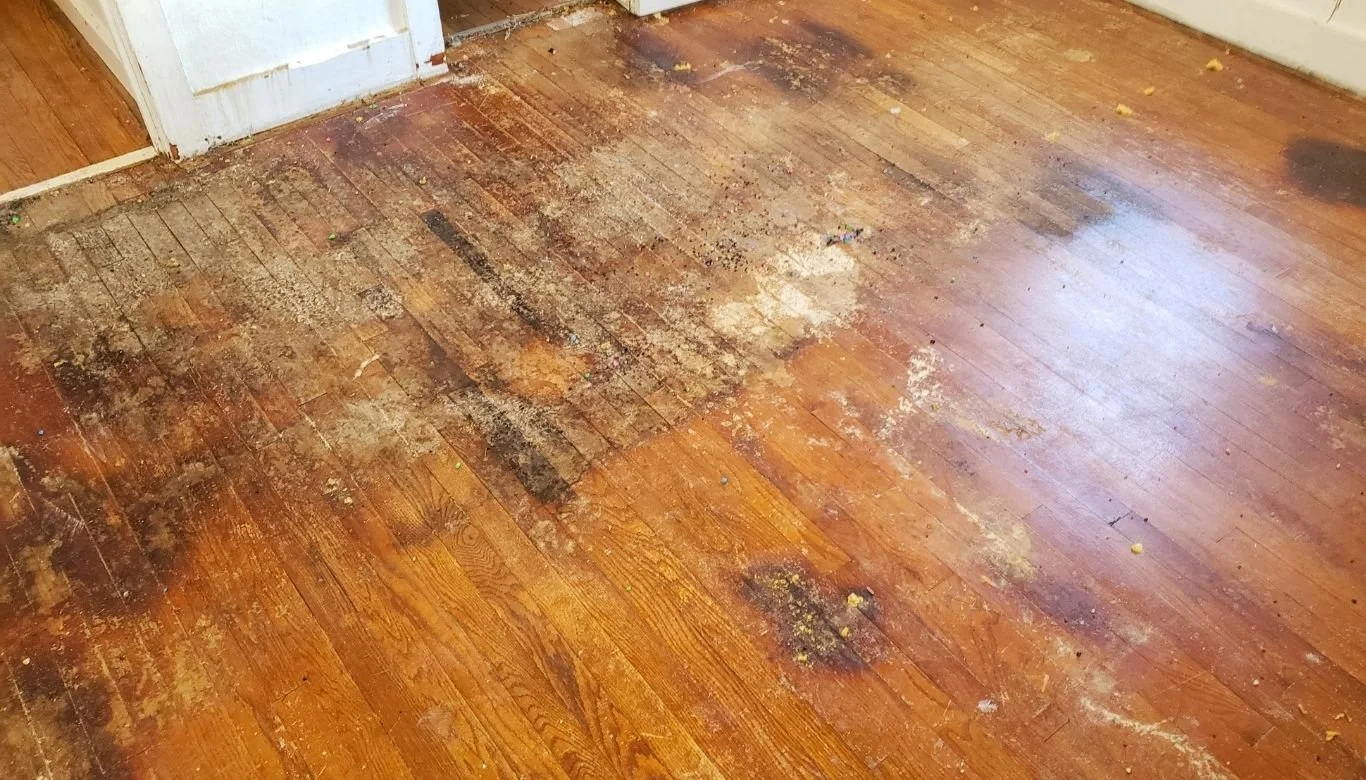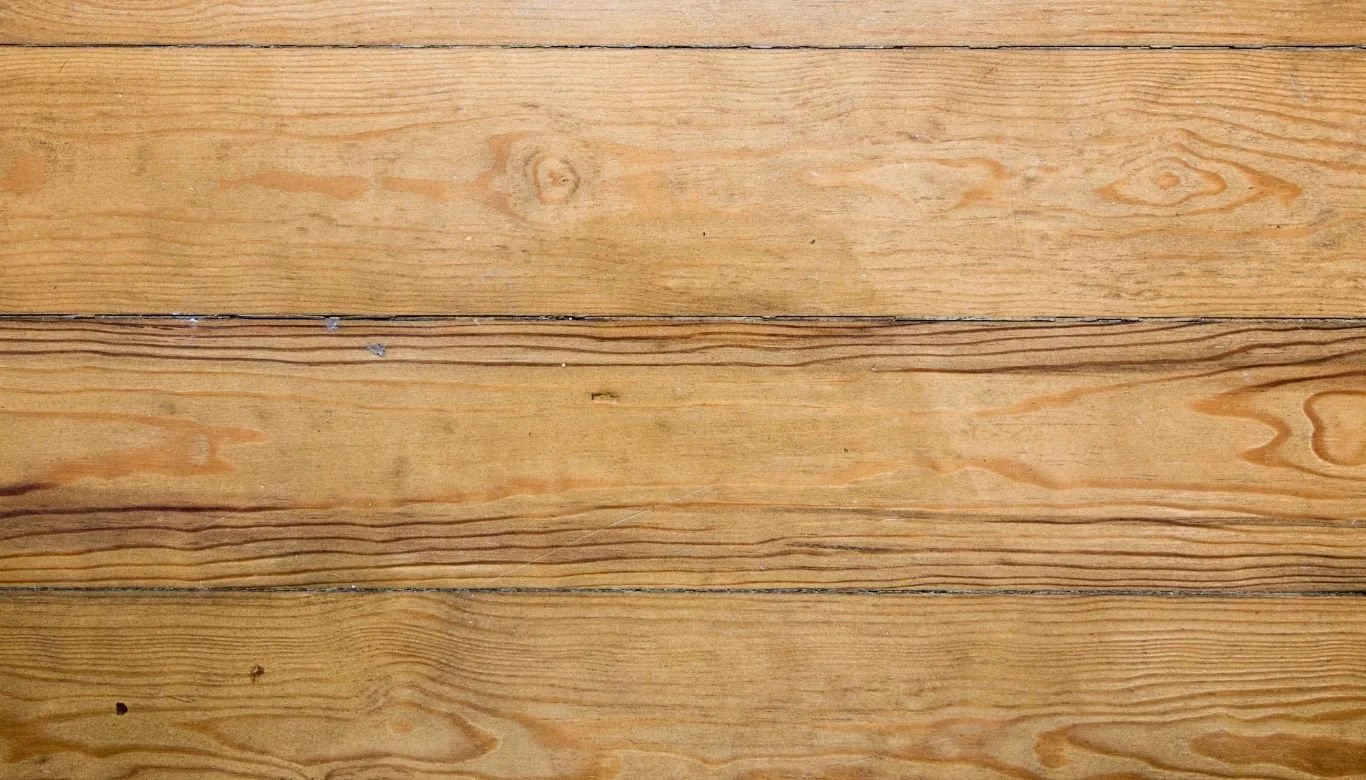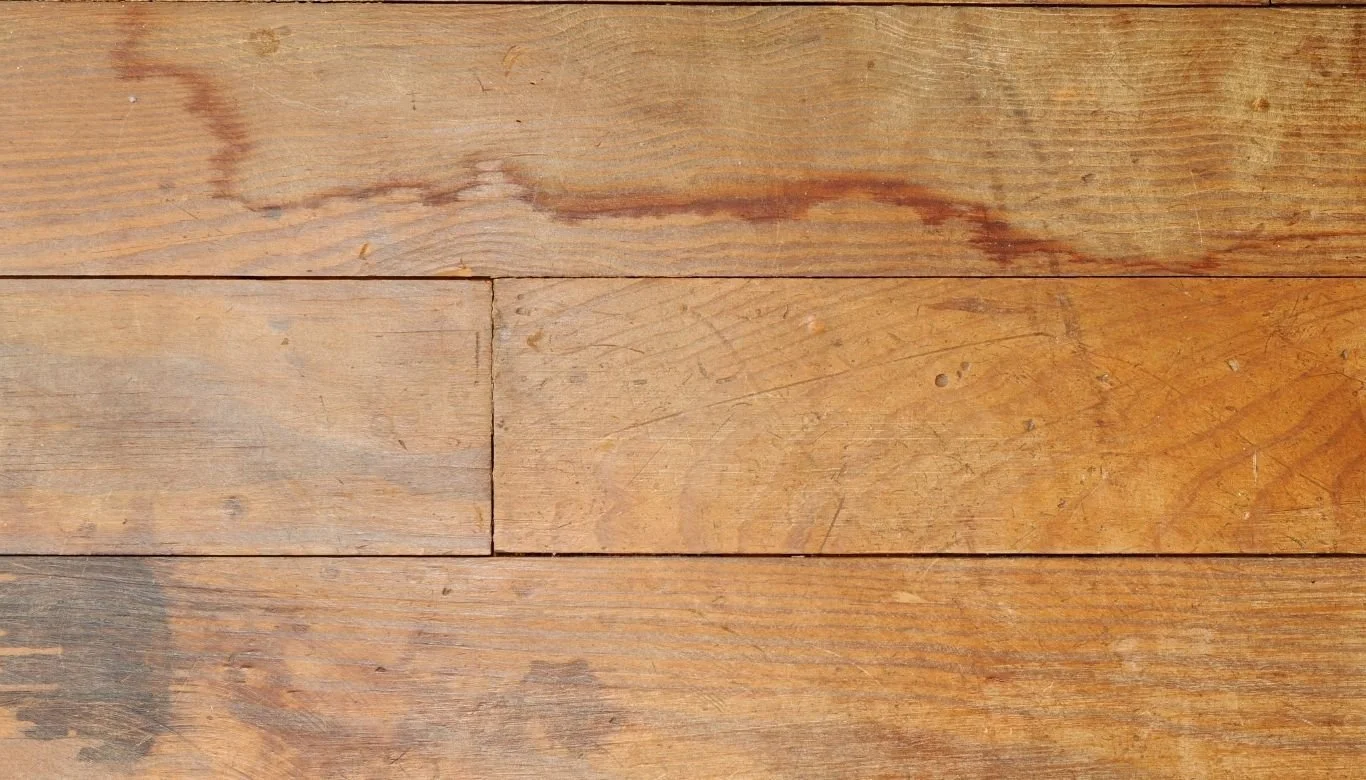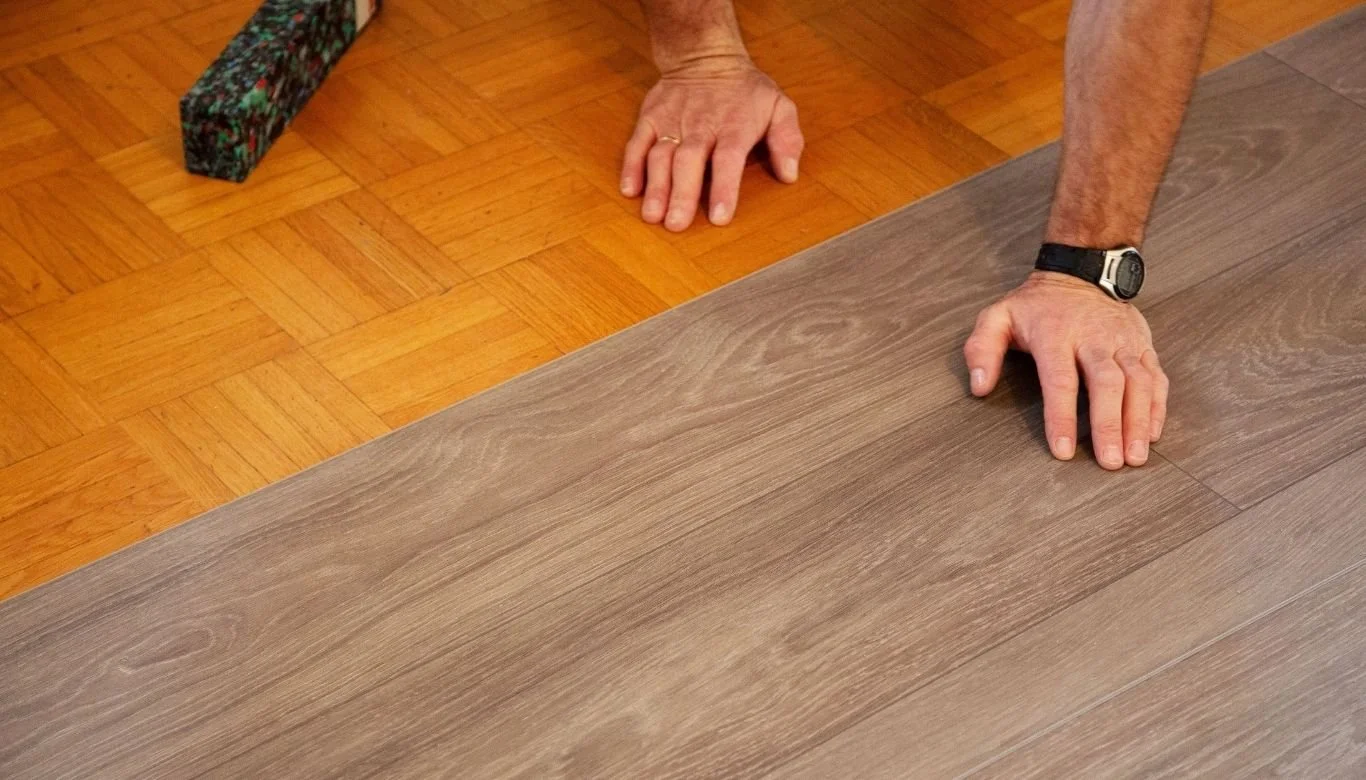How to Prevent Fading on Hardwood Floors?
Hardwood floors are timeless. They bring warmth, character, and natural beauty to every room. But over time, homeowners often ask the same question: how to prevent fading on hardwood floors?
Fading happens when sunlight, humidity, and daily wear slowly dull the color of your wood. The good news is that you don’t need to accept it as inevitable. By following expert strategies, you can extend the life of your floors and keep them looking stunning for decades.
In this guide, we’ll explain exactly how to prevent fading on hardwood floors—from controlling sunlight to choosing the right finish—so you can protect your investment and enjoy your floors for years to come.
1. Why Hardwood Floors Fade Over Time
Hardwood is natural. And like anything natural, it changes with age. Fading happens because of two main culprits:
UV rays from sunlight that penetrate through windows and gradually break down pigments in wood and finishes.
Oxidation, a natural reaction when wood is exposed to air and light, which alters the tone of certain species.
Understanding these causes is the first step in learning how to prevent fading on hardwood floors. While some patina is inevitable, you can control how fast and how unevenly it occurs.
2. Control Sunlight Without Losing Natural Light
Direct sunlight is the number-one culprit for fading. That’s why the first step in how to prevent fading on hardwood floors is managing exposure:
UV window films block harmful rays without blocking your view.
Low-E glass windows keep UV light out while keeping heat in.
Blinds, shades, or drapes give you control over intensity during peak sun hours.
This way, your home stays bright but your floors stay protected.
3. Use Protective Finishes and Sealants
Choosing the right finish makes a huge difference. When deciding how to prevent fading on hardwood floors, finishes with UV inhibitors act like sunscreen.
Water-based polyurethane stays clear and resists yellowing.
Finishes with UV inhibitors act as sunscreen for your floors.
Oil-based finishes create warmth but may amber with time.
At Sandover, we guide clients toward finishes that balance beauty and protection, ensuring their floors look new for longer.
4. Rearrange Furniture and Rugs
Even if you block most UV rays, some light always sneaks through. That’s why part of learning how to prevent fading on hardwood floors is about even exposure.
Rotate rugs and furniture every few months.
Use area rugs with UV protection in sunny spots.
Shift décor items like plants or lamps to avoid “shadow outlines.”
This prevents noticeable patchwork fading where some areas lighten faster than others.
5. Keep Humidity Levels Balanced
Moisture is another hidden factor in fading. The best advice for how to prevent fading on hardwood floors is to maintain 35–55% indoor humidity year-round.
Too much humidity can dull finishes and warp boards, while too little dries the wood and accelerates fading. Simple humidifiers and dehumidifiers go a long way toward protecting color.
6. Clean Gently and Avoid Harsh Products
Another overlooked aspect of how to prevent fading on hardwood floors is cleaning. Many homeowners unknowingly damage finishes with the wrong products.
Avoid ammonia, bleach, and vinegar. They strip finishes and dull stains.
Use microfiber mops instead of abrasive pads.
Never use steam cleaners — the heat and moisture can destroy the protective coat.
Gentle, regular cleaning preserves your finish and slows fading.
7. Refinish Periodically to Restore Protection
Even with the best protection, finishes wear down. That’s why professionals emphasize refinishing every 7–10 years. If you’re serious about how to prevent fading on hardwood floors, scheduling routine refinishing keeps UV protection intact.
Already noticing fading? Sanding and refinishing can restore your floor’s original beauty.
8. Choose Lighter Woods If Installing New Floors
Some hardwood species naturally resist fading better than others. If you’re planning a new installation and want to minimize long-term changes, consider:
White oak
Maple
Ash
Birch
These lighter species show less visible fading than dark woods like cherry, walnut, or mahogany. For many homeowners, choosing the right species upfront is the smartest way to handle how to prevent fading on hardwood floors.
Conclusion: Protecting Your Floors Is Easier Than You Think
Fading may be natural, but it’s not unavoidable. With UV protection, the right finishes, humidity control, and routine maintenance, you can dramatically slow the process.
At Sandover Hardwood Floors, we’ve spent over 80 years teaching homeowners exactly how to prevent fading on hardwood floors—and how to keep them looking breathtaking for decades. Protect your investment now and enjoy the timeless elegance of hardwood for years to come.
Request your free hardwood floor consultation today
Frequently Asked Questions About Preventing Fading on Hardwood Floors
What causes hardwood floors to fade?
The main causes are UV exposure from sunlight, oxidation of the wood, harsh cleaning products, and unbalanced humidity.
What is the best way to prevent fading on hardwood floors?
Combine UV-blocking window treatments, protective finishes with UV inhibitors, and routine refinishing. Regularly rotating rugs and furniture also helps maintain even color.
Do all wood species fade the same way?
No. Darker woods like cherry, mahogany, and walnut show fading more prominently. Lighter woods such as oak, maple, and ash resist noticeable fading better.
Can faded hardwood floors be fixed?
Yes. Professional sanding and refinishing can restore the original color. If fading is mild, screening and recoating may be enough.
How often should I refinish hardwood floors to prevent fading?
Most floors benefit from refinishing every 7–10 years, depending on traffic and sun exposure. High-use areas may need attention sooner.
Ready for Beautiful Hardwood Floors?
For over 80 years, Sandover Floors has been restoring, refinishing, and installing hardwood across Metro Vancouver and the Fraser Valley. From Vancouver and Burnaby to Surrey, Langley, and Chilliwack, we bring craftsmanship, care, and premium finishes to every project.
Whether your floors need a full restoration, a fresh refinish, or custom staining to match your style, our team makes the process simple, transparent, and stress-free. Homeowners have trusted us since 1939 to protect their investment and transform their living spaces with hardwood floors that last.
Metro Vancouver: 778-650-5108
Fraser Valley: 778-771-5571





